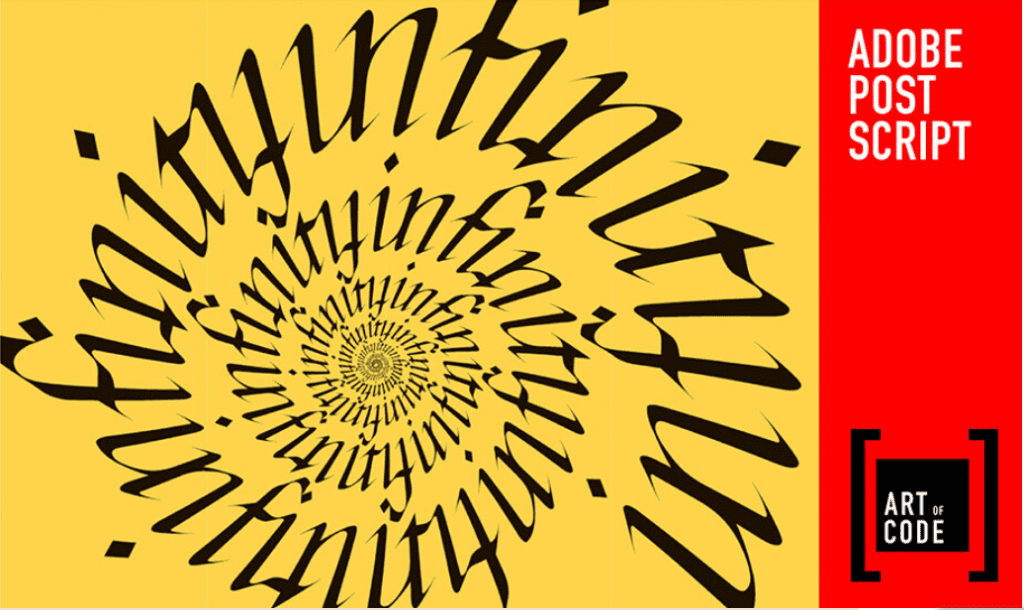The Computer History Museum (CHM) has announced the public release and long-term preservation of Adobe’s PostScript source code as part of its Art of Code series. “The Computer History Museum is pleased to make the first public release of the source code for groundbreaking printing technology PostScript. We thank Adobe, Inc. for its license and support, and John Warnock for his support of this release.”
Code download:https://info.computerhistory.org/aoc-postscript

PostScript, Adobe’s first product in 1984, was an integral part of the desktop publishing industry; accelerating the shift from computing to printing and fueling Adobe’s growth as a well-known software company.
At first, adhering to the vision that “any computer can be connected to printers and typesetting machines through a common language, and print text and images with the highest fidelity”; under the leadership of Adobe co-founder John Warnock, Adobe formed A team of programmers was hired to create this new programming language for high-quality printing, allowing text and images to be scaled, rotated and moved according to the user’s preferences. In addition to the two co-founders, the team includes Doug Brotz, Bill Paxton and Ed Taft.
The advent of PostScript and the Adobe Type Library revolutionized the printing and publishing industry and started the explosive growth of desktop publishing starting in the 1980s. PostScript successfully developed into an international standard, and Adobe published the details of the PostScript language, allowing others to create PostScript-compatible products. Most printers today rely directly on PostScript technology, or a technology derived from it: PDF (Portable Document Format).

John Warnock pioneered the development of PDF in the 1990s, transforming PostScript into a technology that was more secure and easier to use as the basis for digital documents, but retained all the advantages of interoperability, fidelity, and quality. Over the decades, Adobe has greatly developed PDF, enhancing its capabilities and making it an important standard for digital documents, printing, and displaying graphics on screens ranging from laptops to smartphones and smartwatches.
“PostScript democratized the printing world,” said team member Doug Brotz. PDF has also successfully grown into a global standard today, with trillions of PDFs created each year.
It’s worth noting that the version of the PostScript source code released to the public by the Computer History Museum is a very early one, dating back to late February 1984, so relatively much is missing. While this release does contain an early version of the “font hinting” program that was later kept as a trade secret, these methods were completely rewritten, extended, and refined by Bill Paxton in the ensuing months.
More information on this can be found in the blog post.
#CHM #releases #Adobe #PostScript #source #code #publicly #News Fast Delivery
